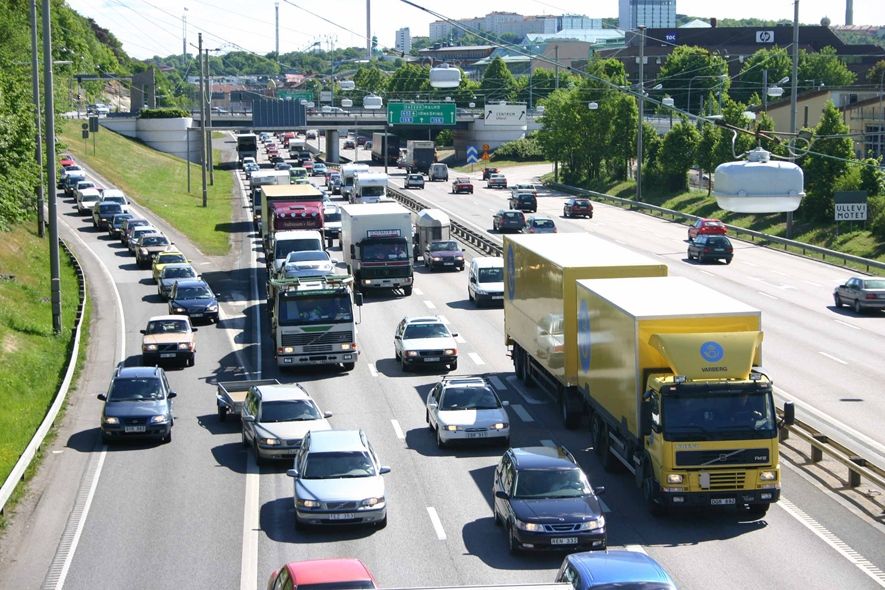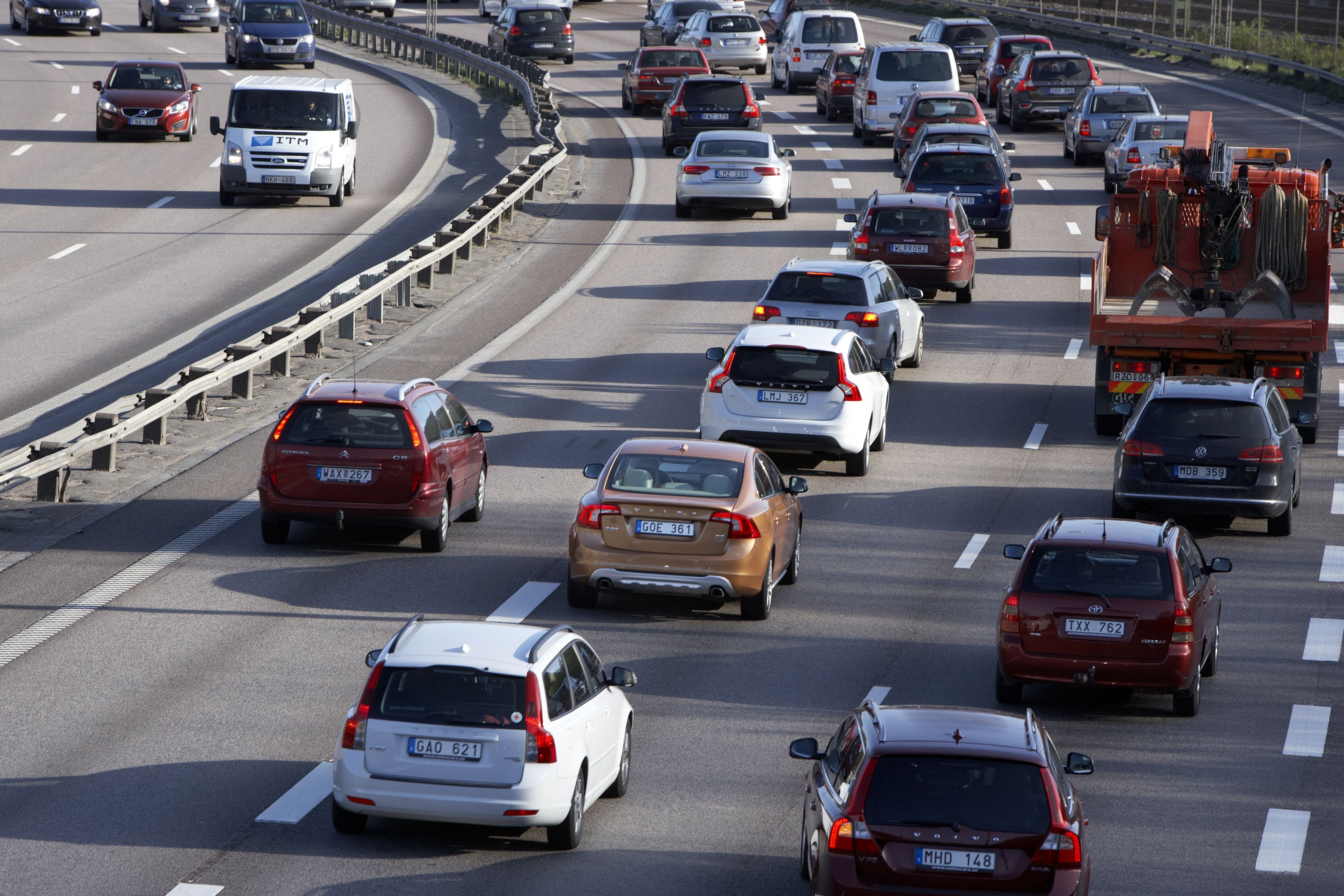The push for mass electrification is now more apparent than ever. With it, governments in developed economies are pushing for a ban on all ICE-powered vehicles. With that being said, Germany is one place coveted by motoring enthusiasts. On one hand, there’s the fabled Nurburgring racetrack and on the other, the unrestricted sections of the Autobahn where you are allowed to drive as fast as your car can go unless it's a Bugatti Chiron, apparently. Germany also holds a substantial share of the global automotive market, much of which is still comprised of ICE-powered vehicles. With that in mind, Germany is opposing the ban, that according to which, all ICE-powered vehicles should be phased out by 2035.
Just like the U.S. government plans to ban the purchase of cars equipped with an internal combustion engine by 2035, the European Union is pushing for a similar solution. The goal is to reduce emissions by 55 percent from CO2 levels in 1990. While Germany is one of the leading exporters of electric vehicles, much of its carmakers’ portfolio is still ICE-powered. In Europe, just three German brands – VW, BMW, and Mercedes – account for almost 38.5 percent of the market share. By comparison, German-made cars account for just under four percent of the US market share, which, however, consists primarily of premium models such as the Porsche Panamera and Audi A8.
Germany’s Financial Minister, Christian Lindner placed a valid argument that there are regions where the infrastructure would not accommodate electric vehicles for decades to come. Moreover, according to Lindner, there will still be a significant market niche for petrol or even diesel-powered vehicles, even after 2035. Despite that, Germany’s Ministry of Finance estimates that the country will still be a leading manufacturer and exporter of electric vehicles. In 2021, Germany sold 328,000 vehicles domestically while exporting close to 300,000 BEVs, worth €12.6 billion, with the trend only increasing.
The German government has a long history of backing its domestic automakers and Germany’s protective policy will, no doubt, come in handy, with the automotive industry’s increasing dependability on battery-electric vehicles. It’s also worth noting, albeit with a degree of humor, that EVs possess a significantly lower top speed, compared to a similar vehicle with an internal combustion engine. The highly-restrictive speed governors on EVs are there due to the high inefficiency of electric vehicles when driven at high speeds – something we all love doing on the unrestricted sections of the Autobahn.


